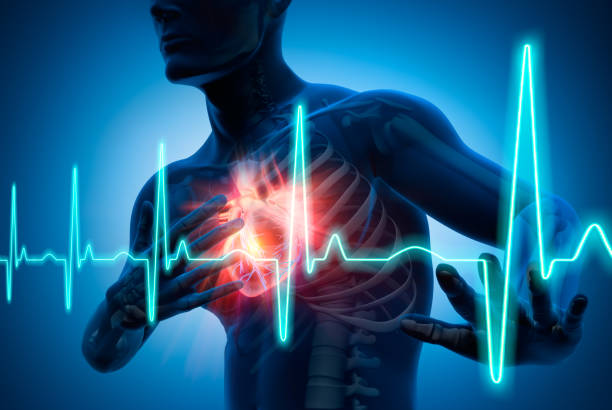(15 Credits/Hours)
Launch Date: August 5, 2025
Expires: August 31, 2027
Course Overview
This comprehensive course provides essential knowledge and practical skills for recognizing and responding to cardiac arrest emergencies. Designed for healthcare professionals, first responders, and trained lay rescuers, this course emphasizes evidence-based approaches to improve survival outcomes through rapid recognition, high-quality cardiopulmonary resuscitation (CPR), early defibrillation, and post-resuscitation care.
The course integrates current American Heart Association (AHA) and International Liaison Committee on Resuscitation (ILCOR) guidelines, focusing on the critical Chain of Survival components that maximize patient outcomes in cardiac arrest scenarios.
Table of Content
- Definition and Epidemiology of Cardiac Arrest
- Pathophysiology and Underlying Causes
- Chain of Survival Components
- Survival Statistics and Prognostic Factors
- Signs of Cardiac Arrest vs. Other Emergencies
- Rapid Assessment Techniques
- Check Methodology
- Agonal Breathing Recognition
- Emergency Response System Activation
- Requesting AED and Emergency Equipment
- Scene Safety and Environmental Considerations
- Positioning and Preparation for Resuscitation
- Chest Compression Fundamentals
- Rate, depth, and recoil
- Hand placement and body mechanics
- Minimizing interruptions
- Rescue Breathing Techniques
- Airway opening maneuvers
- Ventilation methods and ratios
- Two-Rescuer CPR Coordination
- Special Populations (pediatric, pregnancy, obesity)
- AED Technology and Function
- Electrode Placement and Safety
- Rhythm Analysis and Shock Delivery
- Integration with CPR Cycles
- Troubleshooting Common Issues
- Airway Management Options
- Medication Administration (if applicable to scope)
- Rhythm Recognition Basics
- When to Consider Termination of Efforts
- Drowning and Hypothermia
- Drug Overdose and Poisoning
- Trauma-Related Cardiac Arrest
- Environmental Hazards
Learning Objectives
Upon completion of this course, you will be able to:
Knowledge Objectives
- Explain the pathophysiology of cardiac arrest and identify common underlying causes
- Describe the components of the Chain of Survival and their impact on patient outcomes
- Differentiate between cardiac arrest and other medical emergencies requiring different interventions
- Identify reversible causes of cardiac arrest using the “H’s and T’s” framework
- Recognize signs of return of spontaneous circulation (ROSC) and appropriate next steps
- Skill Objectives
- Perform rapid assessment to confirm cardiac arrest within 10 seconds
- Execute high-quality chest compressions meeting AHA guidelines:
- Rate of 100-120 compressions per minute
- Depth of at least 2 inches (5 cm) but no more than 2.4 inches (6 cm)
- Complete chest recoil between compressions
- Minimize interruptions to less than 10 seconds
- Deliver effective rescue breaths with appropriate tidal volume and timing
- Operate an automated external defibrillator (AED) safely and effectively
- Coordinate two-rescuer CPR with smooth role transitions and clear communication
- Application Objectives
- Integrate CPR and AED use in continuous, coordinated cycles
- Adapt resuscitation techniques for special populations and circumstances
- Demonstrate effective team dynamics and communication during resuscitation efforts
- Apply appropriate safety measures for rescuer and patient protection
- Implement post-resuscitation monitoring and care priorities
- Critical Thinking Objectives
- Analyze resuscitation scenarios to determine appropriate interventions and timing
- Evaluate the effectiveness of resuscitation efforts and modify approach as needed
- Synthesize information from multiple sources to make informed decisions during emergencies
- Assess when to continue, modify, or terminate resuscitation efforts
- Formulate appropriate handoff communication to advanced care providers
- Professional Development Objectives
- Maintain composure and leadership during high-stress emergency situations
- Collaborate effectively as part of an interdisciplinary emergency response team
- Commit to ongoing competency through regular practice and continuing education
- Advocate for systems improvements that enhance cardiac arrest survival rates
- Support colleagues and patients’ families during and after cardiac arrest events




